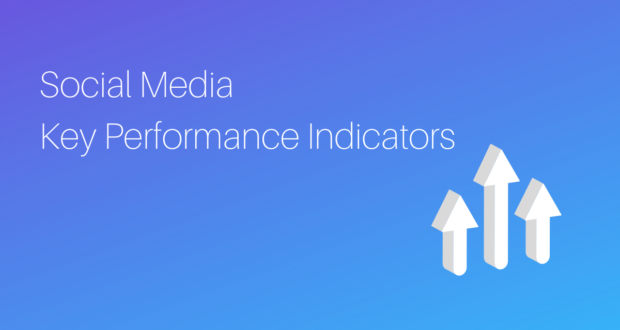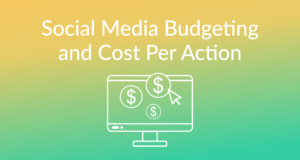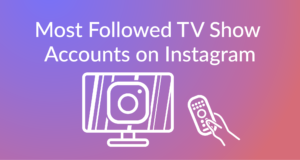In 2021, social media is ingrained into the way we reach customers and grow our businesses. Because of this, it’s important to have metrics that help us understand how well our social media is performing. Thankfully, social media key performance indicators (KPIs) make it easy to understand and report performance within different areas of your social media.
Knowing different KPIs and what areas they are indicative of is crucial to understanding where a business’s social media strategy is working and what areas need more attention.
Social Media KPIs for Engagement
KPIs for engagement are useful for building an understanding of how much your followers are interacting and connecting with your content. It can also help you understand the types of content your audience wants to engage with.
Likes indicate the amount of times people click the like button or double-tap your post.
Comments are the amount of times people leave a comment on your post. These can be both positive or negative, so it’s important to distinguish the sentiment of these comments and create content that leads to more positive comments.
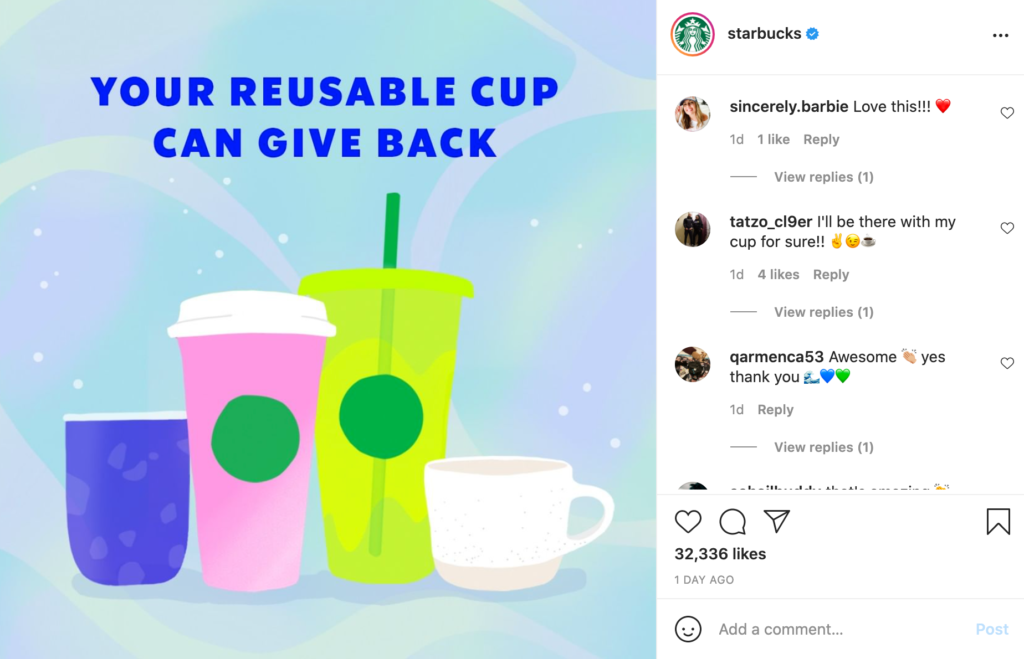
Mentions are the amount of times your brand or a specific post is tagged on a social channel. The more mentions you have, the more people are seeing, talking about, and engaging with your content.
Profile visits measure how many times users click on your profile after seeing its content (such as a post, ad, story, etc.) on their feed. Links to your website or product should be easily accessible from your profile.
Social Media KPIs for Reach
KPIs for reach measure how far your business’s message has spread on social media.
Impressions measure the amount of times your profile or a post has been seen on a specific social media channel. This KPI does not distinguish how many unique accounts have viewed your content.
Reach is the amount of unique accounts that have seen a post since it had been posted given your amount of followers on social media. This can be roughly calculated as impressions / total followers.
Potential reach tells you the potential amount of people that could have seen your post. Though the post will likely not reach every follower on the account that mentions you, it is calculated as if they all theoretically could.
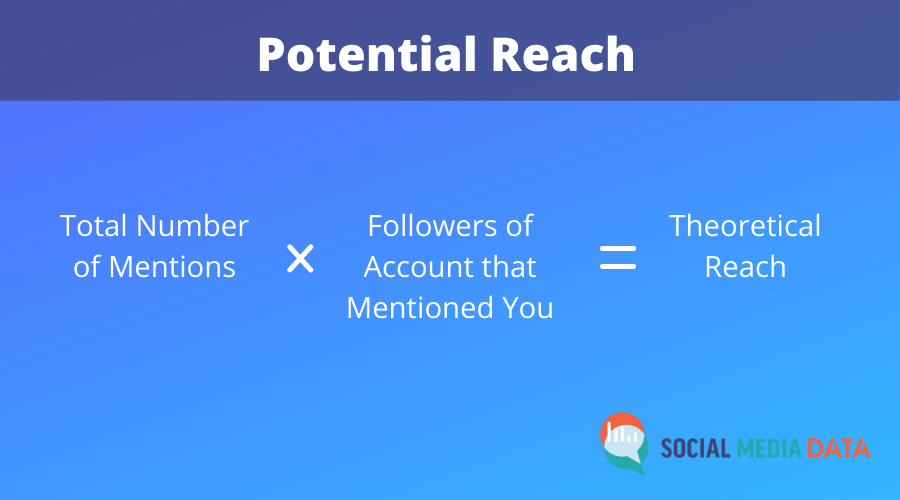
Share of voice (SOV) indicates how much your brand is mentioned in comparison to your competitors. A social listening tool is helpful for measuring these mentions during a specific period of time so that you don’t have to do it manually.
Social Media KPIs for Conversions
Next, it’s important to understand how reach and engagement convert into creating customers. KPIs for conversions measure how well your social marketing is leading to the desired actions you want your customers to take.
Conversion rate is the number of users that complete a desired goal compared to the total number of clicks on a post. Using an analytics reporting platform such as Google Analytics, you can track sales back to specific posts and platforms to see what content drives customers to your business’ website.

Click-through rate (CTR) indicates the percentage of users that completed a desired action from a specific post compared to the total number of times the post was seen. A high click-through rate means that the content’s call to action resonated with your audience and inspired them to act.
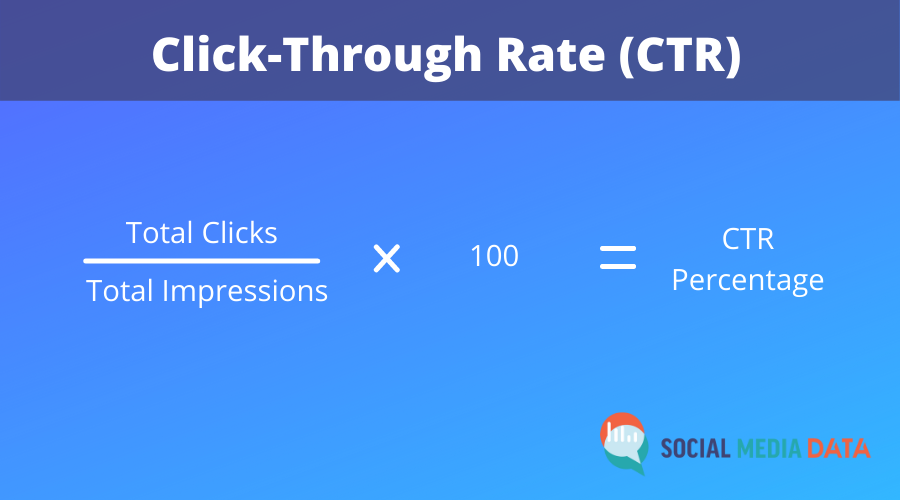
Non-revenue conversions measure actions that are not revenue-related, such as filling out a form or signing up for an email letter. These are set by you and what you believe is a conversion or not.
Social Media KPIs for Customer Loyalty and Satisfaction
It is proven that positive interactions on social media lead to increased willingness to purchase from a brand and increased customer loyalty. These KPIs will help you understand customer loyalty and the quality of your customer experience.
Issues Resolved is an important metric to measure as social media increasingly becomes a space where consumers ask questions and talk about issues regarding their customer experience. Because an increased response time leads to more satisfied customers, your team should work to efficiently manage messages and resolve issues.
Customer Lifetime Value (CLV) tells you how much money your business will generate from a single consumer over a period of time. Thinking about retaining customers after their initial purchase will help you build a strategy that increases loyalty and CLV.
Using KPIs to Fine-Tune Your Social Strategy
Understanding your social media analytics is a necessary step to take your social strategy to the next level. You can consider using a social media management platform to increase your ease of collecting, analyzing, and reporting your social media KPIs. Utilizing the power of social media data to its fullest will help your business thrive.
 Social Media Data Insights & Resources for Social Media
Social Media Data Insights & Resources for Social Media
